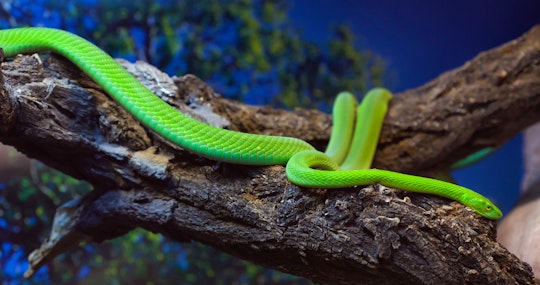One of the many incredible advantages of living in Africa, and especially South Africa, is that we’re in close proximity to various animals, be it in the city, the bush or at the coast. This also means that at some point many of us might encounter dangerous animals, like snakes. But not to fear, because TravelGround spoke to Namibian snake catcher and lover, Francois Theart, for some expert advice and the lowdown on how to be snake savvy.
A snake encounter
Despite the myths, there are no effective snake repellents and therefore it would be wise to take the following into consideration when you’re face to face with a snake.
- Give him space! Move away slowly and try to stay five metres away from the snake at all times. The snake might attack you if he feels threatened, but if you back away slowly the snake might flee.
- Don’t try to catch or kill the snake!
- Contact a snake catcher to help you if the snake is in your house or anywhere you can’t get away from it. Click here to find your local snake catcher.
Prevention is better than cure
Here are some handy tips to avoid an intimidating encounter while on holiday:
- If you’re going where the weather is warm and sunny, or relaxing near a body of water, be aware that these are the conditions where snakes are most likely to be found. Don’t pick up stones and roll over logs on a hot day or in a damp area. Don’t step over any object if you don’t have a full view of what’s on the other side.
- When going on hikes, always wear long pants, closed shoes, sunglasses and stay on the designated routes.
- If camping, try to collect firewood during the day as snakes are most active at night.
- Remember, some snakes play dead. So don’t play with a dead snake.
- If you’re aware that you might encounter snakes while on holiday, make sure to read up on the type of snakes you might find in that given area. Click here to test your knowledge on snakes and to learn a bit more about these fascinating creatures,.
Bitten by a snake
- Try to remember what the snake looks like so you can describe it to the doctors.
- Go to hospital as soon as possible.
- Take care of the bite in the following ways: Wrap a bandage around the bite to apply pressure if you’re sure that it’s either a Cape cobra or a mamba that bit you. Don’t apply pressure to the bite if it’s possible that a puff adder, vine snake, gaboon viper, boomslang or Mozambique spitting cobra bit you (see identification of snakes below). Rinse your eyes with water if the snake spat in your face. Elevate the infected limb and don’t attempt to suck venom from the bitemark.
- Try to remain as calm as possible. The faster your heart beats, the faster the poison spreads. For this reason, you should also move as little as possible.
- Don’t apply a tourniquet, it may cause complications.
Identifying snakes
Knowing snakes is not only interesting, but can also save your life. Read on to learn more about the unique characteristics of South Africa’s most common snakes.
Cape cobra
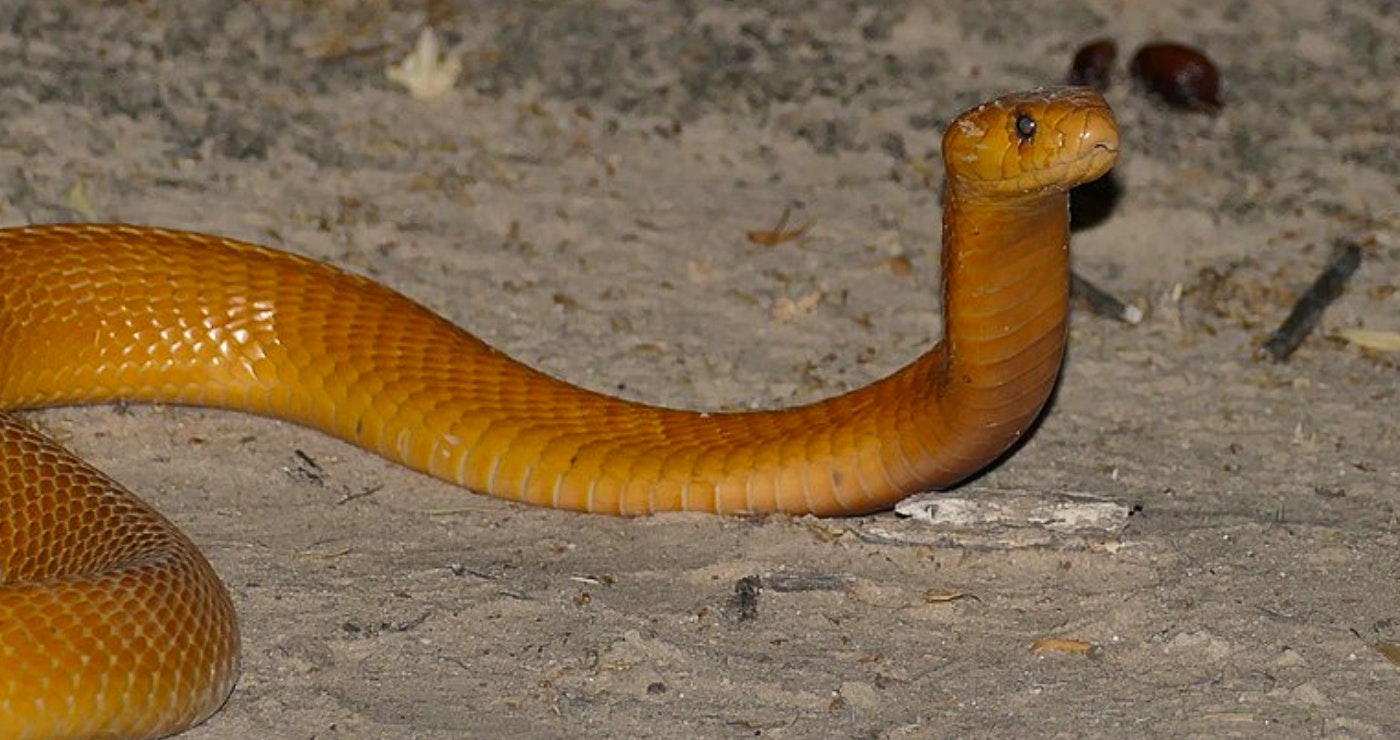
These snakes vary in colour – from a pale yellow, bright yellow, yellow with black speckles, sandy brown and a dark brown to black. The biggest giveaway is the black tail tip.
Mambas
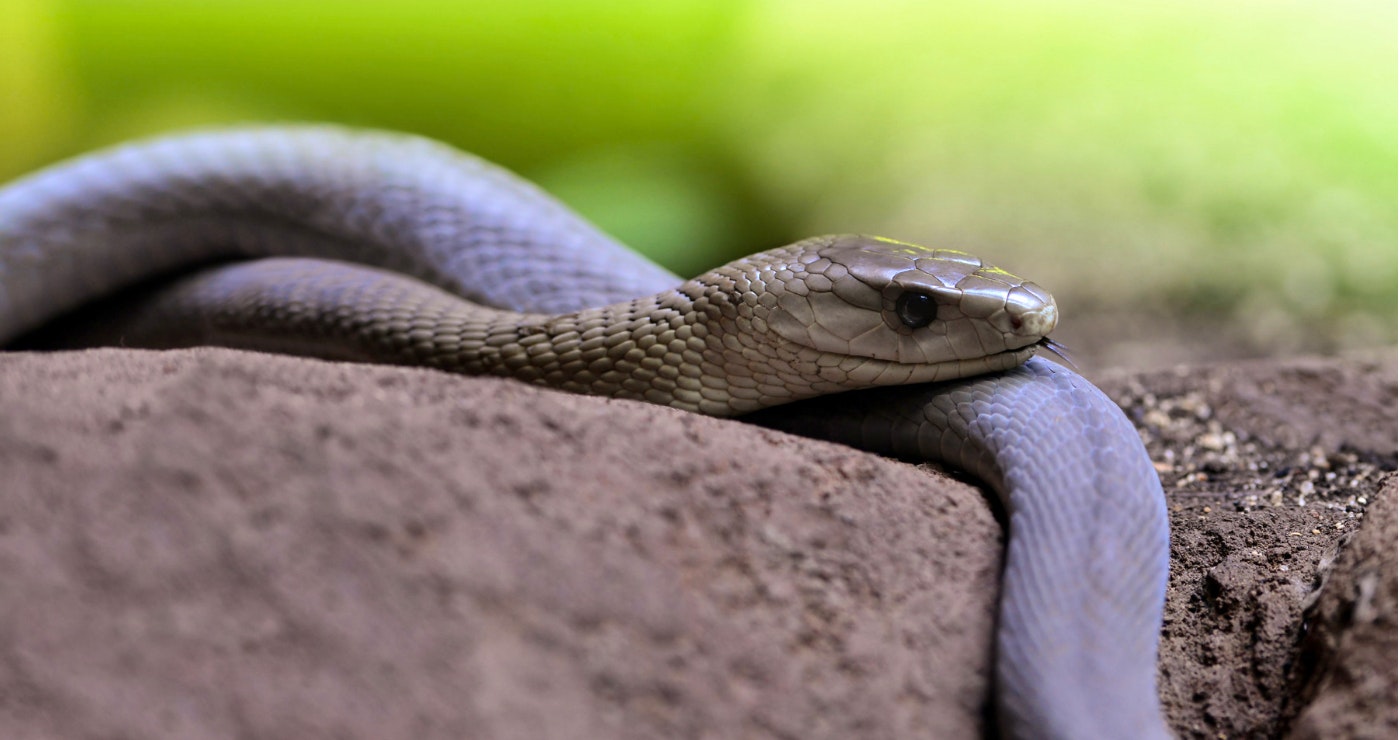
Mambas are generally brown or grey in colour. Just like the cobra, the mamba also has a hood, which is the shape that forms when the snake flattens its head, that is narrower and longer than that of the cobra. Mambas are rarely black.
Vine snake
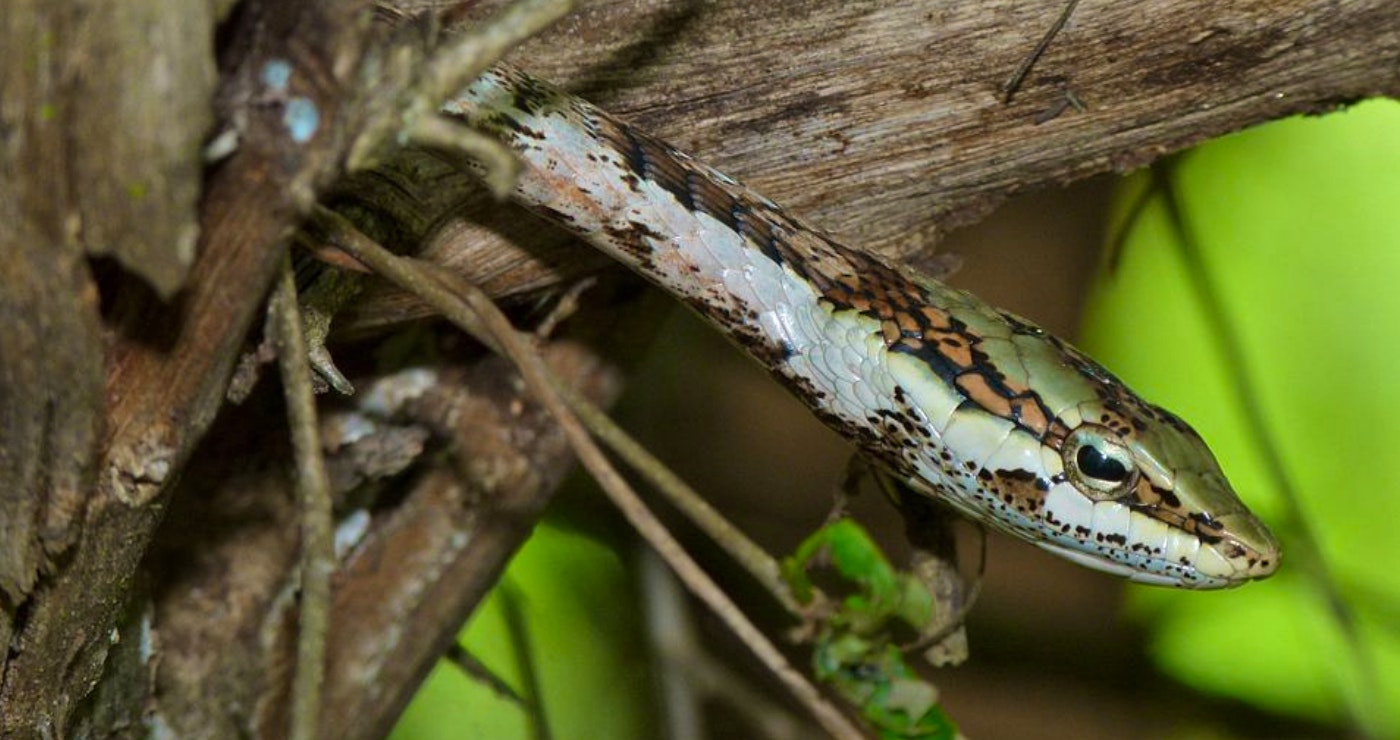
A vine snake is thin, delicate, slender and has an elongated snout. The body is grey with pink flecks.
Puff adder
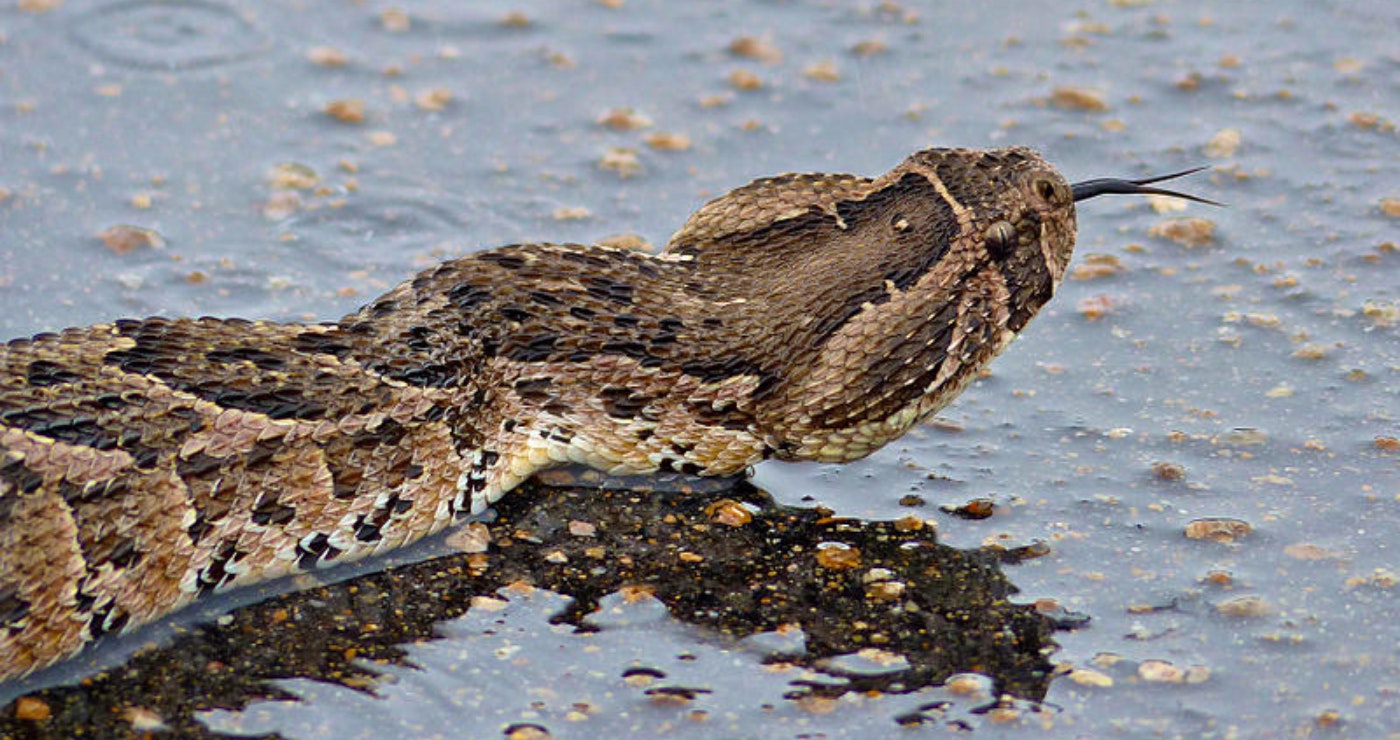
This snake is an approximately one-meter long master of disguise. It’s usually a brown to dark grey colour and its head is in the shape of a triangle. There are chevron markings all along the back of the snake that become lighter as it moves toward the tail.
Gaboon viper
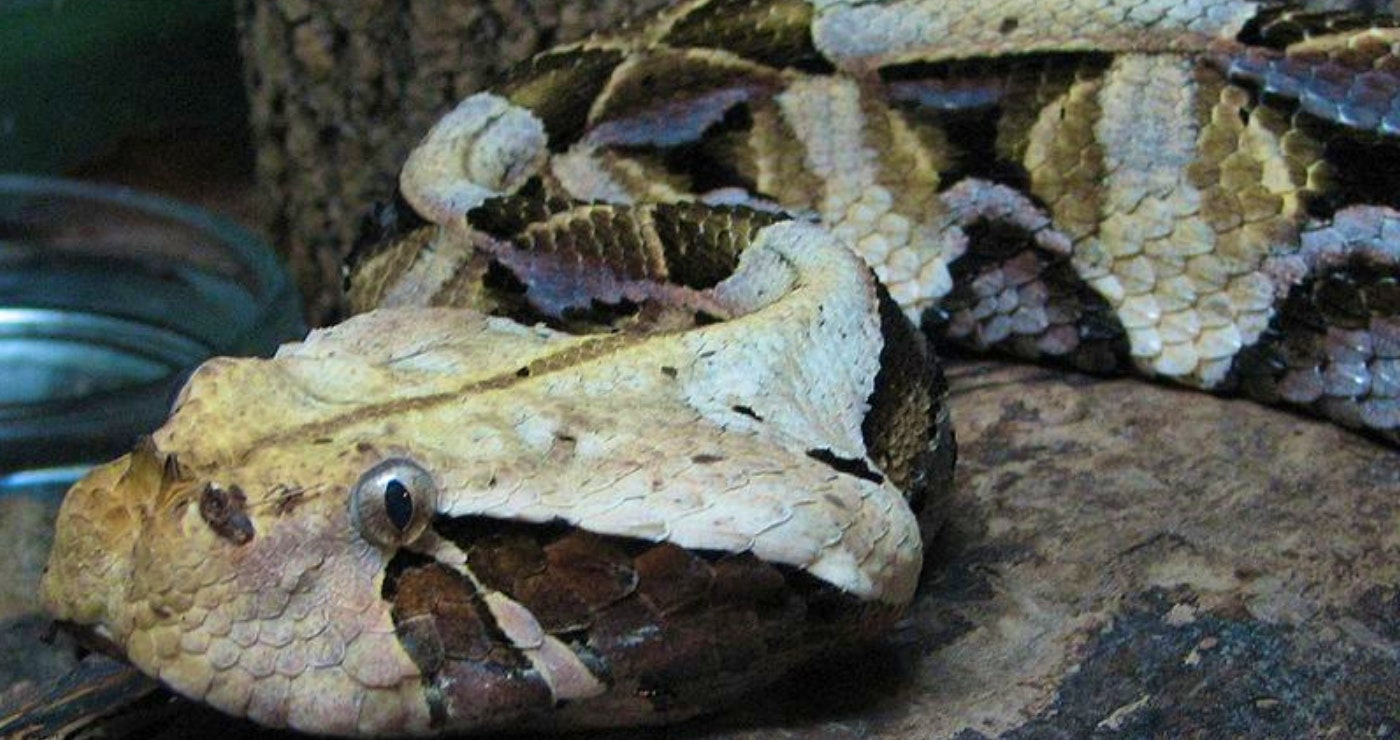
This viper can be up to 1.8 metres long, has horns as well as a pale head with a unique brown stripe on it.
Boomslang
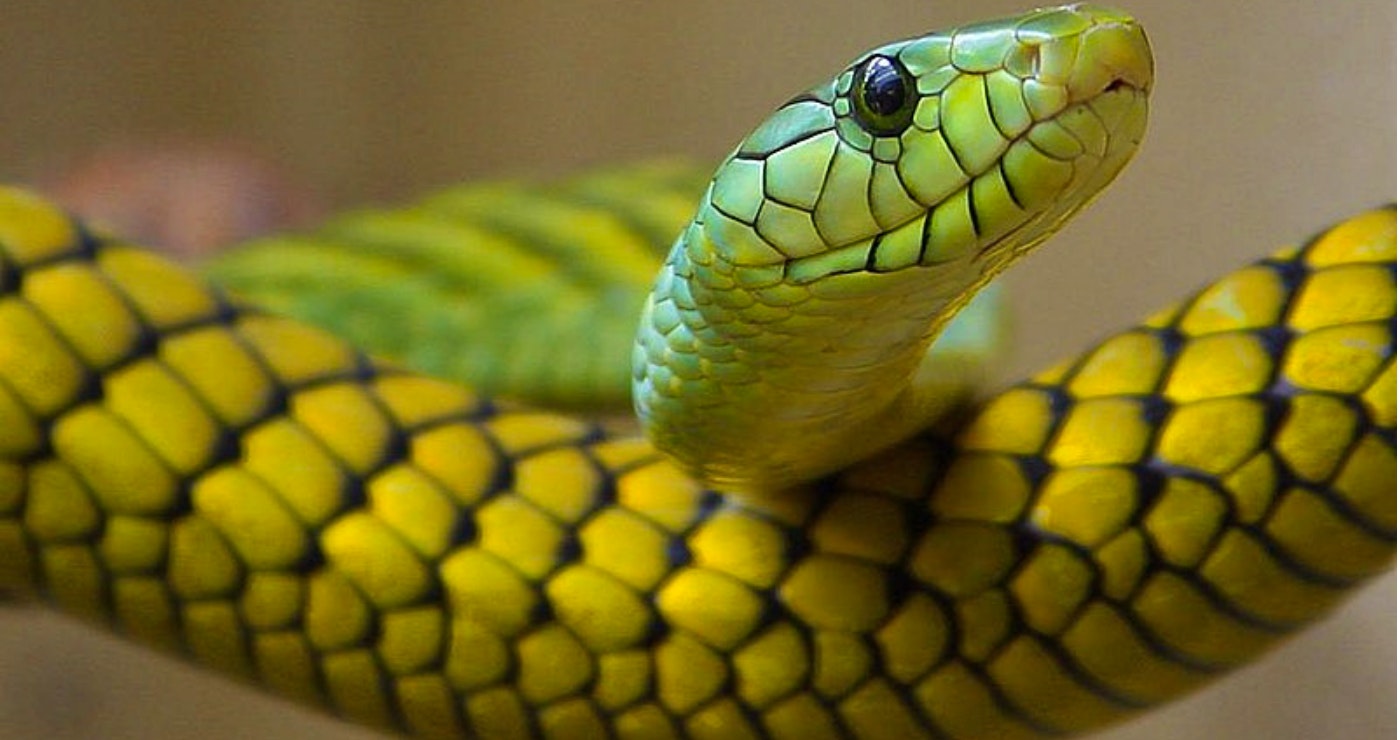
This big-eyed snake has a short, blunt nose. Males are usually bright green while the females are a light brown to grey. Younger snakes have a yellow to orange neck.
Mozambique spitting cobra
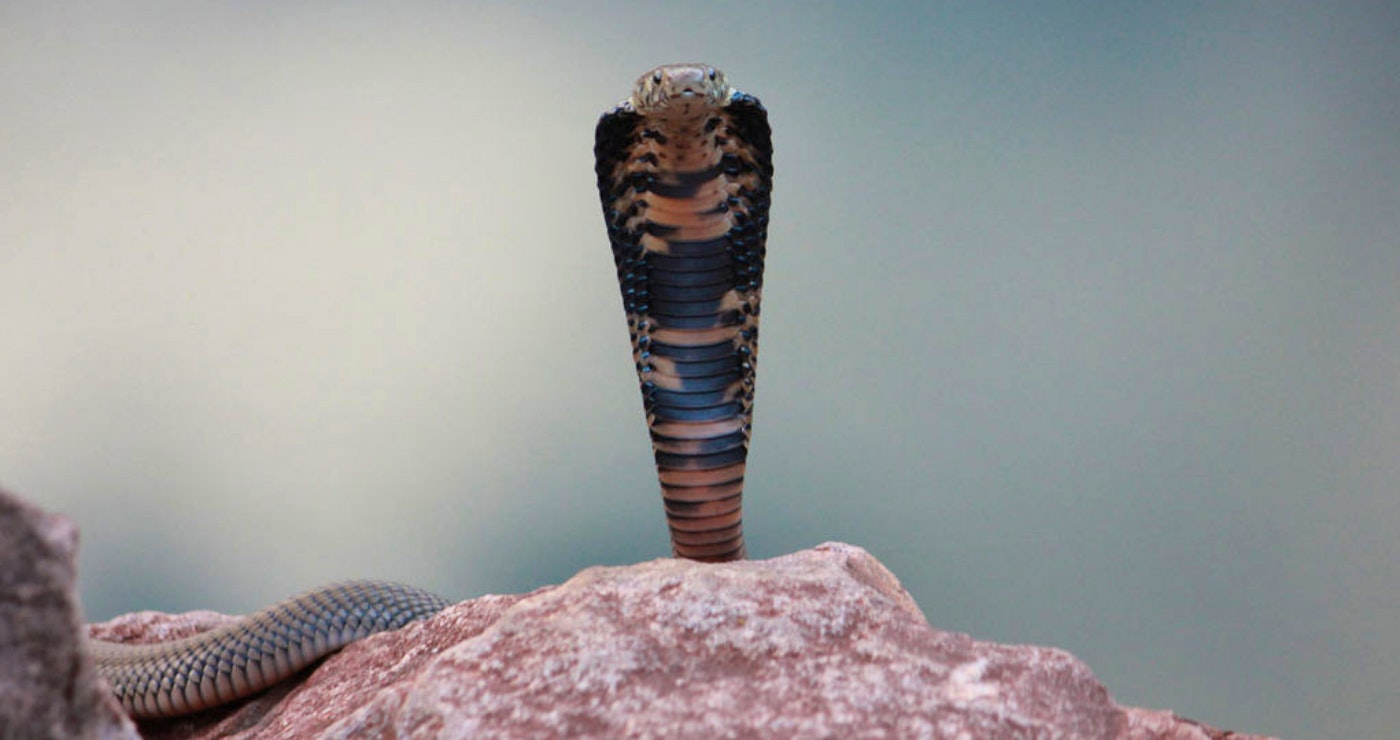
On top, this snake can either be a grey-bluish colour, black or olive and across its belly a lighter pink or yellow. It also has black bars across its neck.
Snakes come in peace
Although some snakes are dangerous and, in a lot of cases, lethal, they do play an integral part in the ecosystem and killing off snakes is not only detrimental to the environment, but also unnecessary. It’s due to the special nature of snakes that one must rather learn how to live alongside them, instead of harming them out of fear.
Learn more about snakes and their nature by visiting these interesting snake parks across the country.
Feature image: Bigstock

